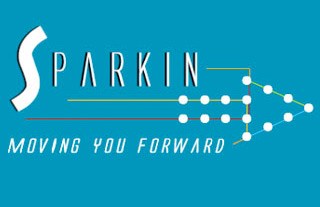Working Practice Post COVID
Working from home or not? There are clear advantages to both and these advantages vary by person and employer.
For over a decade I’ve been asked by strategists for opportunities where virtual working or perhaps a flexi week with one or two days working from home. There has been some accommodation by agencies but typically, staff have been expected to be on-site. The main justification, cultural cohesion and a justification that creative and business effectiveness it is believed derives best from in-person collaboration.
Needs Must
The single most compelling factor that changes the post COVID work dynamic, is knowledge gained by the team leader of their team working virtually. The planning lead now knows (or should) who can perform effectively working from home and who can’t.
Is This A Game Changer?
If you lead a team, your primary worry, is the effective performance of that team. Prior to COVID the team leader focused on results, would err on the side of caution but now the same leader can use virtual working to reward those of the team that can clearly function from home.
Does This Mean Most Of Us Will Be Working Virtually?
No. While I’ve heard there are clear ‘working from home’ benefits, (for example, a few team leaders have said that video calls have made group meetings much more inclusive than past physical formats) there are several reasons why most of us will still be working on-site.
i) Those that can’t work well from home – Some don’t perform well working in isolation; Some have domestic circumstances that make working from home difficult.
ii) Those that don’t want to work from home – ‘69% percent of workers missed face to face work collaboration.’ (Digiday, 6/2020). 20 to 30 year old’s that have moved to the big city, don’t want to spend their lives locked in their studios; Others want to escape the space of their apartments to be sane/thrive on social interaction.
iii) Those that shouldn’t work from home – In the absence of formal training which has disappeared from much of agency life, the concept of learning ‘on the job’ requires physical proximity to most effectively learn.
iv) Control – Many team leaders will continue to justify for reasons including cultural cohesion and creative optimization, that their team should be physically present more than not.
How Does The Future Look?
Most businesses will develop more agile operating models. Smart places of work will reward more of their employees with greater flexibility to work from home, a day or two a week. Where companies require everyone in office or everyone out of office, such decisions are not typically about what’s best for people instead they’re about what’s best for profits. Smart places will seek to optimize the benefits of technology and to enhance working culture by a balanced approach to flexi working. Perhaps flexi working will increase by 20% in year post COVID.
What Can You Do To Prepare For Cost Covid?
1. Reflect and Assess – This is a great time to assess what you miss and what you don’t, what you can tolerate and can’t and where and how you truly want to spend your time.
2. Prove Yourself – If you want the option (as an employee) post COVID to work virtually, prove you can be effective from home. If you haven’t functioned well to date, actively work on ways to understand your relative lack of productivity and pivot.
For more background/links on virtual working – https://bit.ly/2CVbGRT
For more articles on stress management, job security etc – https://bit.ly/2NKLQC0







